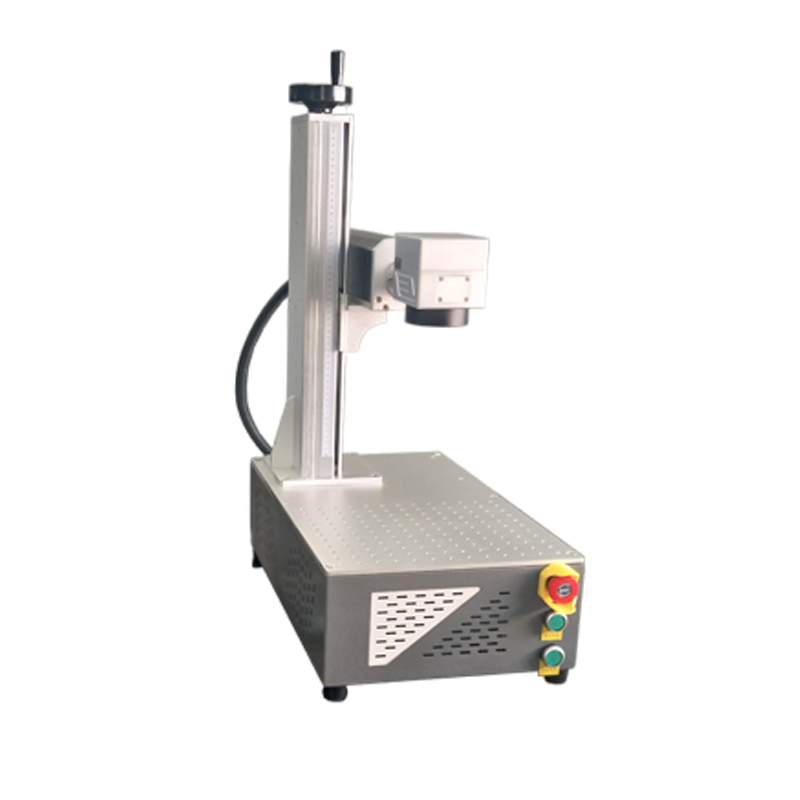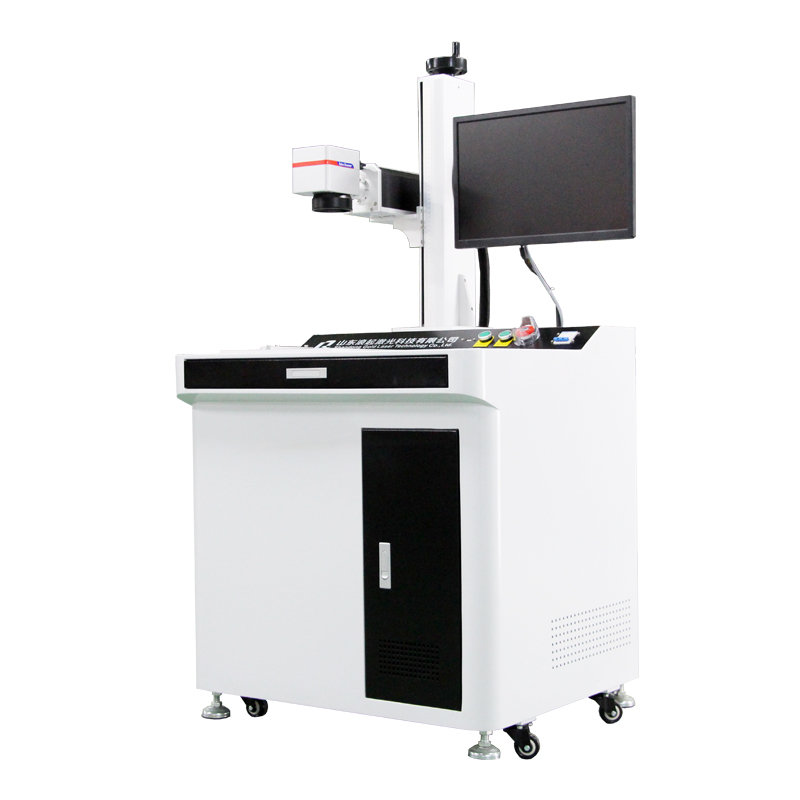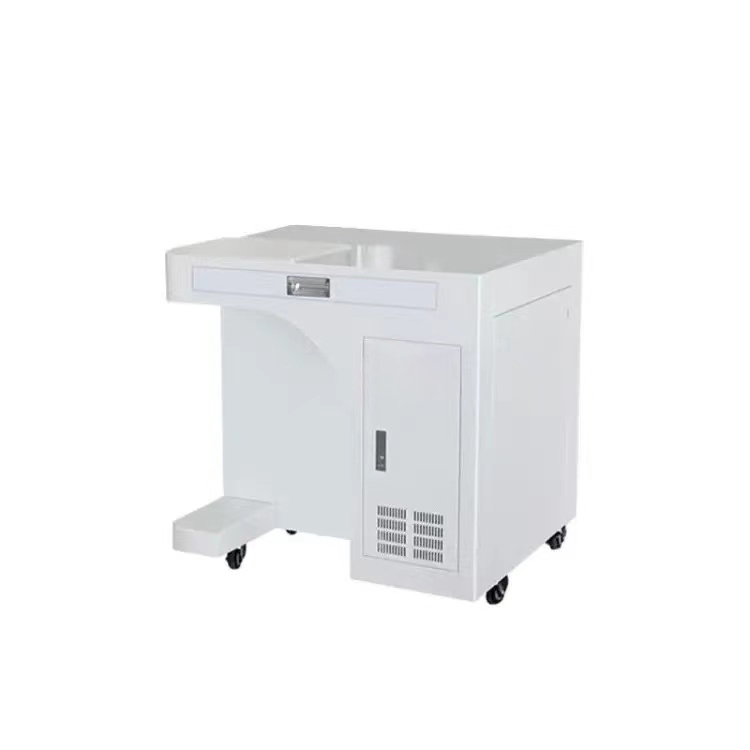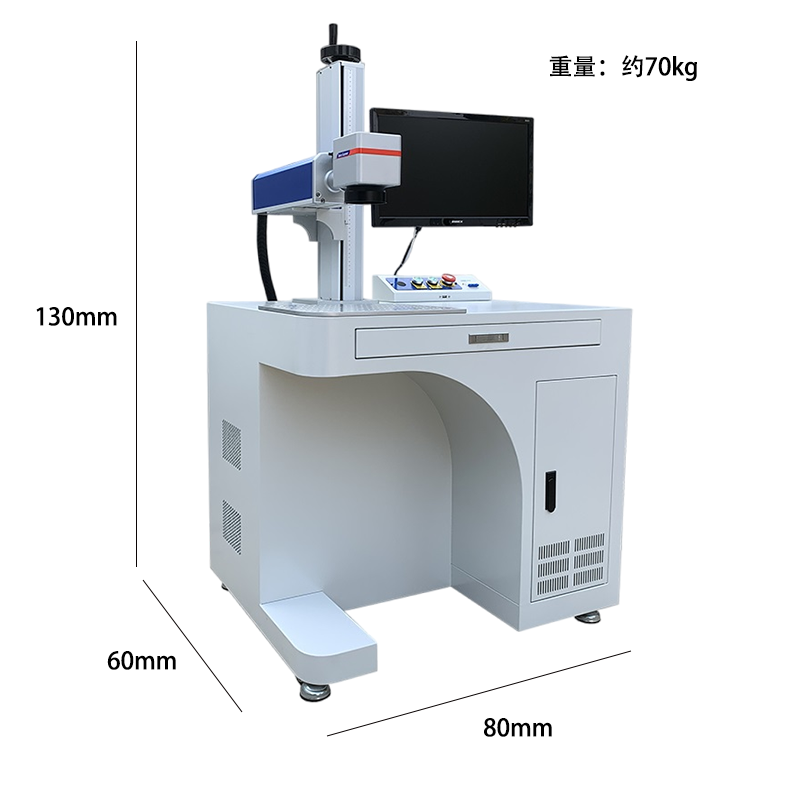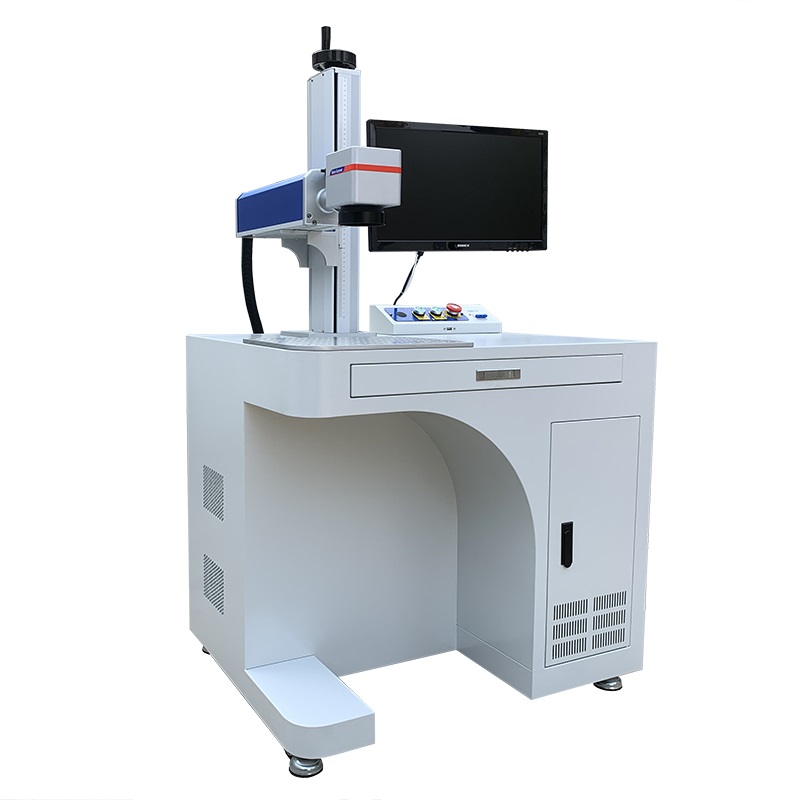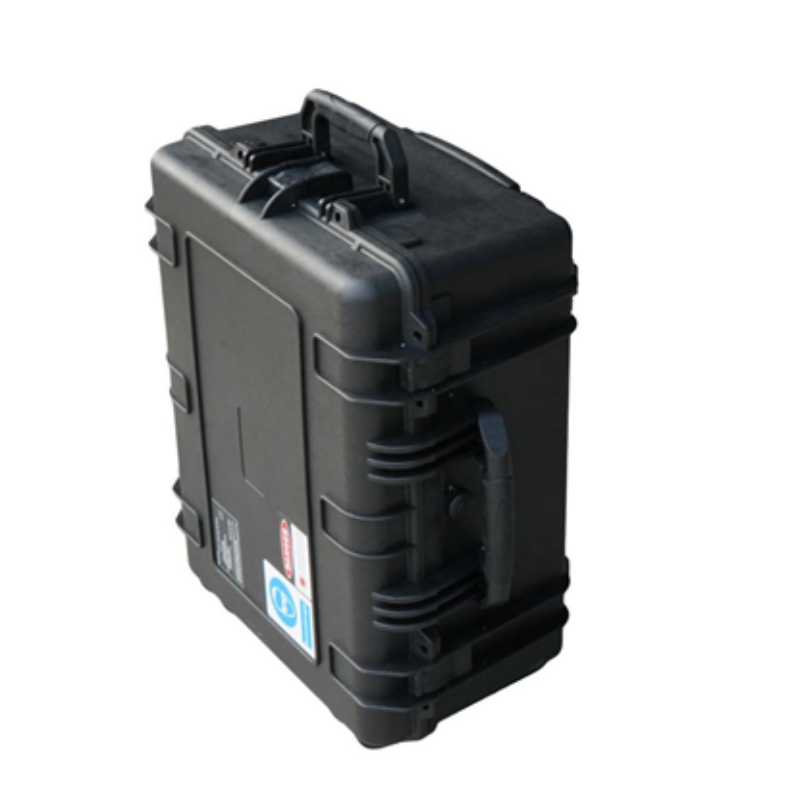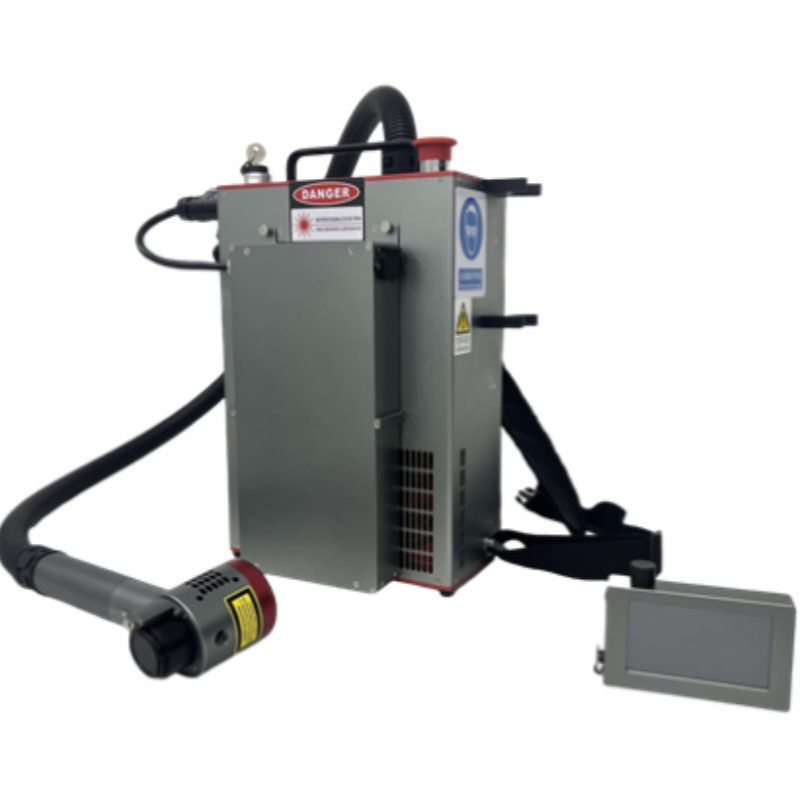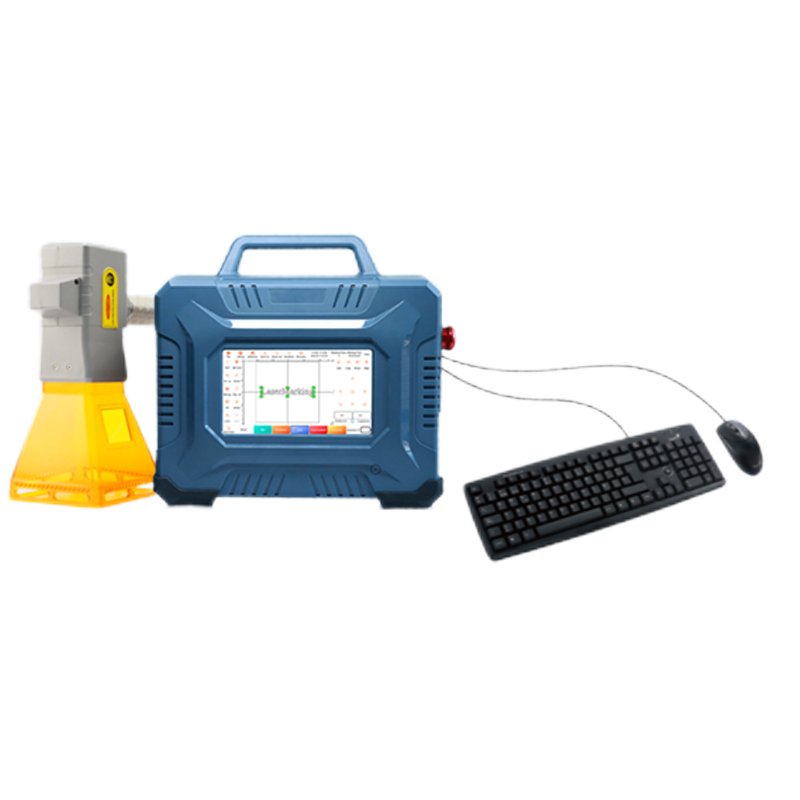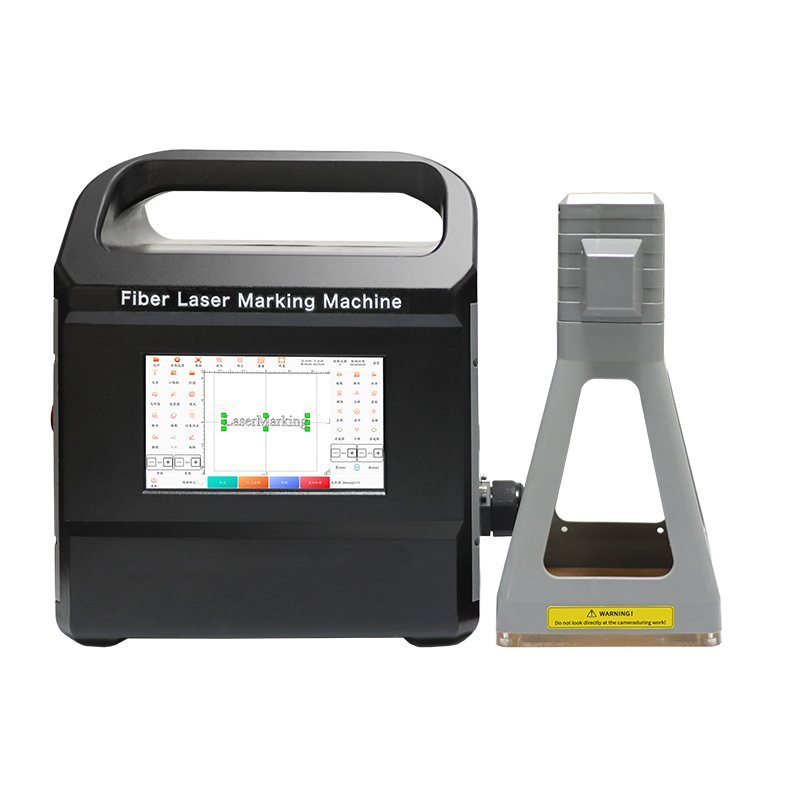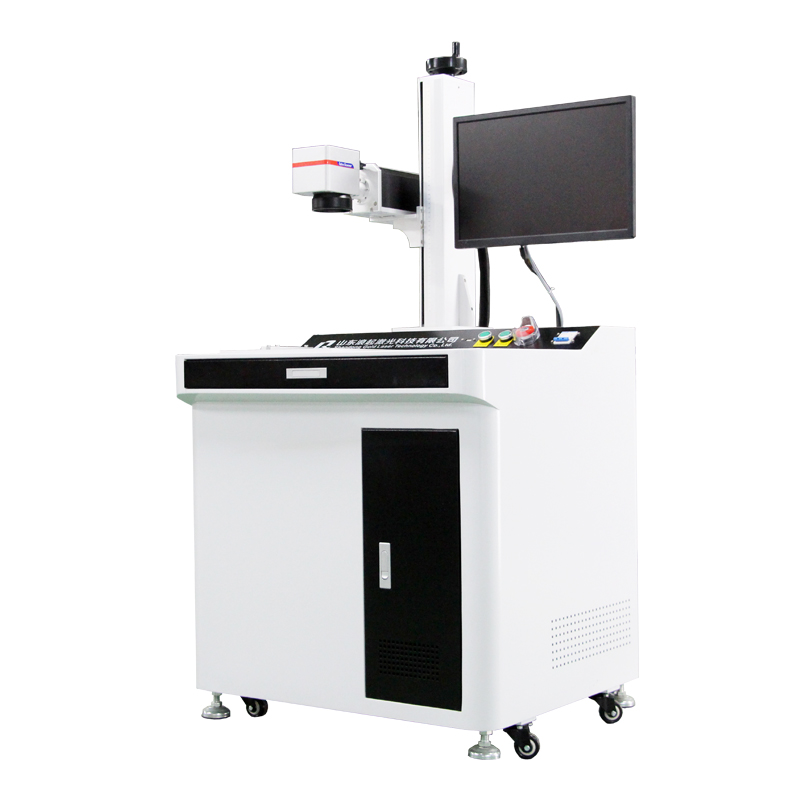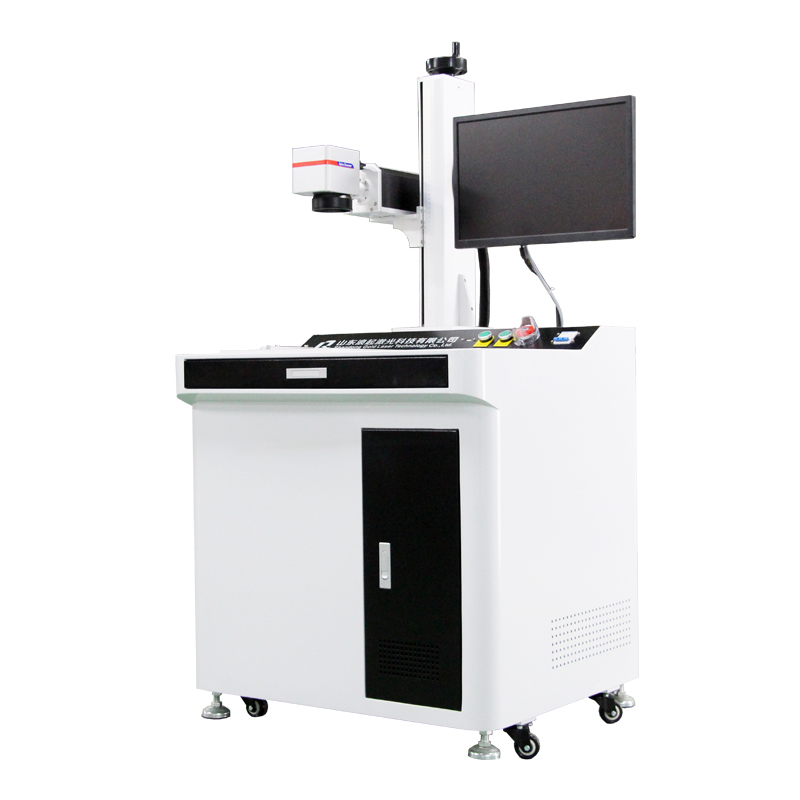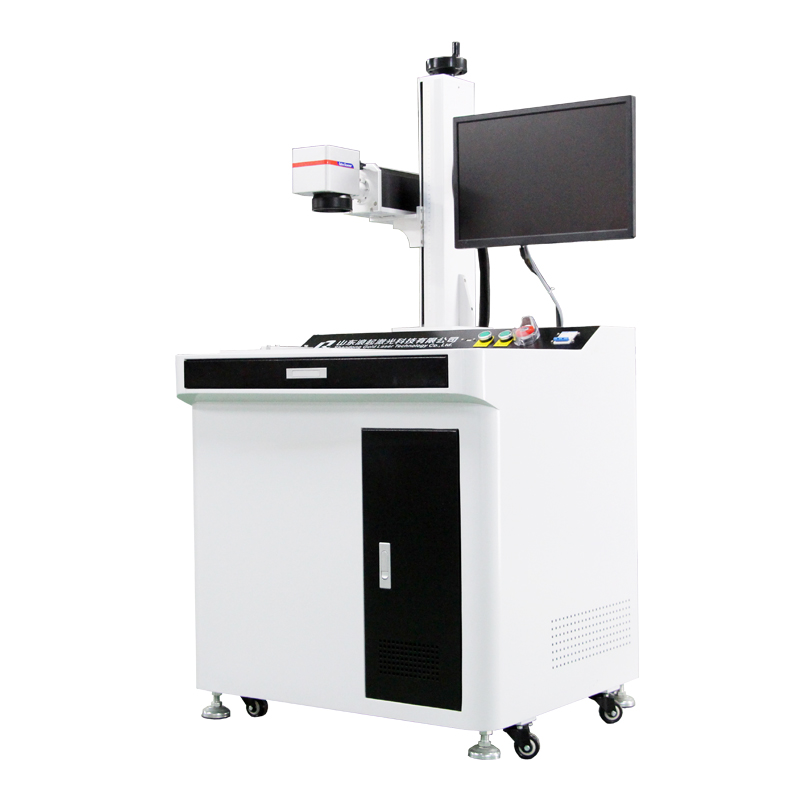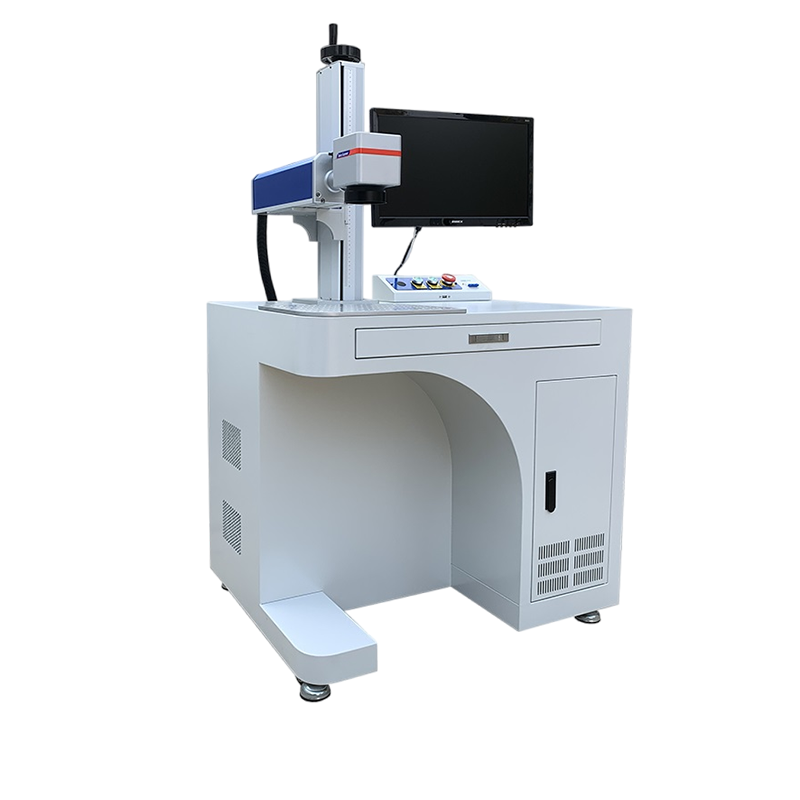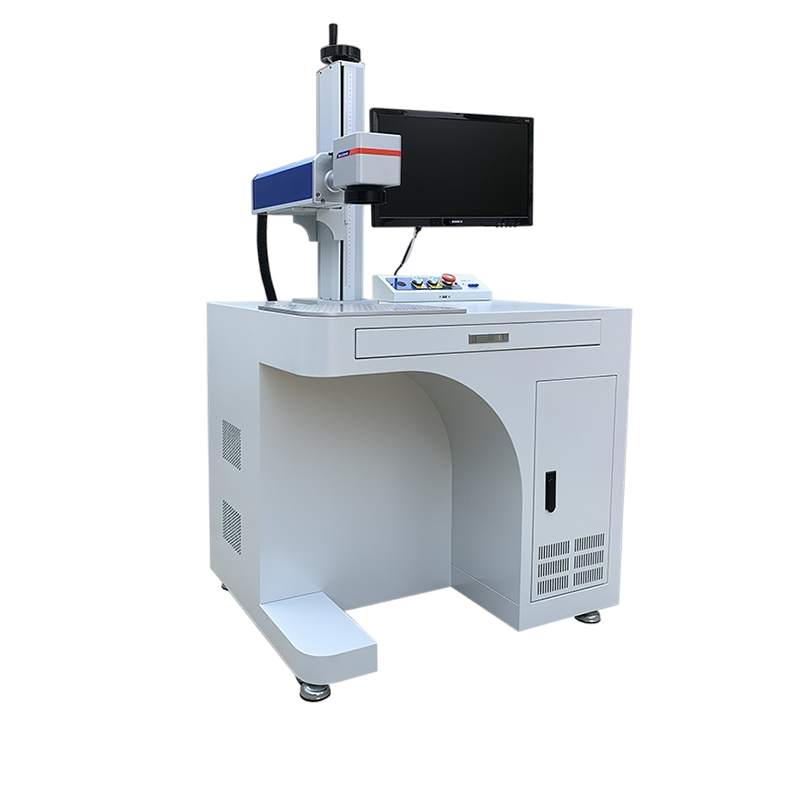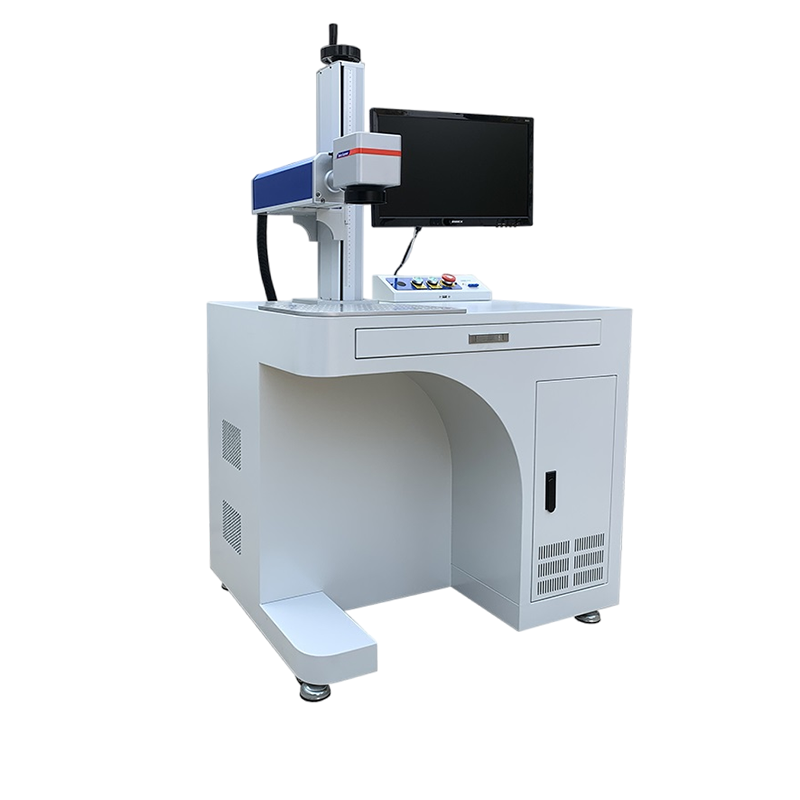Fiber laser marking machines are primarily designed for indoor use in controlled environments, but they can be adapted for outdoor applications with certain precautions. Here is what you need to know about using a fiber laser marking machine in an outdoor setting:
Challenges of Outdoor Fiber Laser Marking
Environmental Factors
Dust & Debris: Can contaminate the laser lens and affect marking quality.
Moisture/Rain: High humidity or water exposure can damage electrical components and optics.
Temperature Extremes: Excessive heat or cold can affect laser performance and cooling systems.
Wind: May interfere with fume extraction and cooling.
Power Supply Stability
Outdoor power sources may have fluctuations, requiring a voltage stabilizer or UPS.
Safety Concerns
Laser radiation must be controlled to avoid accidental exposure to bystanders.
Proper enclosures may be needed to comply with laser safety regulations.
Material Limitations
Some materials (e.g., plastics, coated metals) may react differently under varying outdoor conditions.
Solutions for Outdoor Laser Marking
Protective Enclosure
Use a sealed or IP-rated enclosure to protect against dust, moisture, and wind.
Install air purifiers or dry air systems to prevent lens fogging.
Climate Control
Ensure proper cooling (e.g., chillers with temperature stability).
Avoid direct sunlight to prevent overheating.
Stable Power Supply
Use a surge protector or uninterruptible power supply (UPS).
Fume Extraction & Ventilation
If marking produces fumes, use an outdoor-compatible extraction system.
Laser Safety Measures
Install safety barriers or warning signs to prevent accidental exposure.
Use a Class 1 laser enclosure if working near people.
Material Testing
Test different materials under outdoor conditions to ensure consistent marking quality.
Best Applications for Outdoor Fiber Laser Marking
Permanent Part Marking (e.g., serial numbers, QR codes on metal parts).
Construction & Heavy Equipment (e.g., marking steel beams, tools).
Agricultural Machinery (e.g., tractor parts, identification tags).
Outdoor Signage & Metal Artwork (if properly protected).
Alternative for Harsh Environments
If outdoor conditions are too extreme, consider:
Pre-marking indoors before outdoor installation.
Portable fiber laser markers with rugged enclosures.
Dot peen or electrochemical marking for extreme environments.
Conclusion
While fiber laser marking machines can be used outdoors with proper modifications, they perform best in controlled environments. If outdoor marking is necessary, invest in protective measures to ensure durability and consistency.

